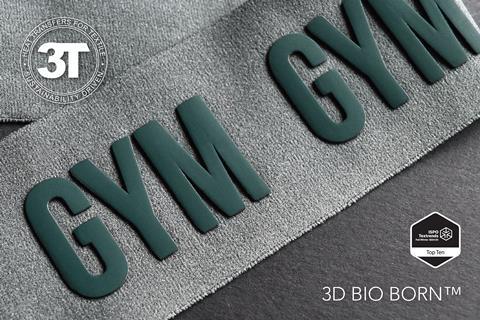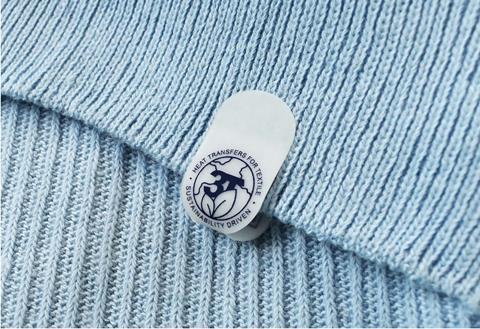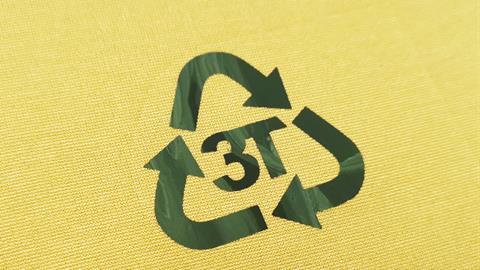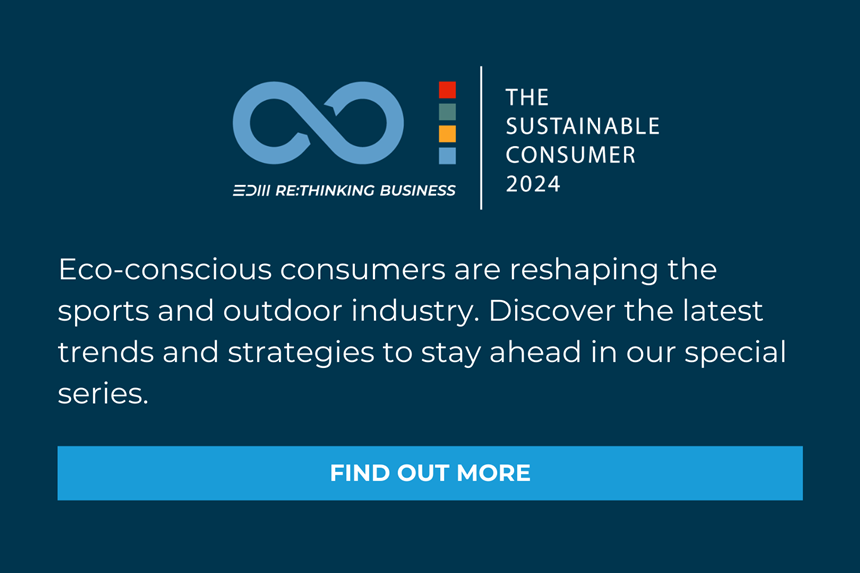Although recycling is the most popular solution to ecological issues, it may not be the most sustainable option in many cases. There are still many grey zones and questions: Who does the recycling and how much energy does this involve? There are also unanswered questions about the additional emissions that recycling creates, and the downgraded quality of the resulting raw material. Many producers of apparel and shoes are still looking for long-term solutions to ecological issues. This article reconsiders the idea of biodegradability, which can be used together with recycling or instead of it.
Sustainable fabrics: A complex problem
Fashion trends change rapidly. But the awareness of the impact of our clothing choices is also increasing. Given this, famous brands are, of course, constantly searching for new, more sustainable solutions.
When we talk about sustainability, we often think about durable garments engineered to last longer, mainly made from synthetic polymers. Synthetics usually give a product a particular technical functionality, and make garments last longer. In a way, this is more sustainable than a short-lived piece, made poorly. Also, a durable garment is more likely to be resold in second-hand shops.
However, at the end of their life, synthetic clothes still sit in landfill or end up in the ocean, where they remain for an average of up to 200 years.
Recycling is not a magic bullet
There are some solutions to this problem, and one of them is to recycle synthetic fabric. However, the effectiveness of this differs from fabric to fabric. Some are easier to recycle than others. Even though industrial recycling technologies exist, their use is not widespread, and most recycling processes result in decreased quality with every cycle. Recycled products are more expensive to produce, creating an additional environmental impact.
Although there are good examples of recycling, where garments are made from plastic bottles collected from the sea or nylon recovered from fishing nets, these initiatives do not answer the question of what happens to the durable synthetic apparel garments at the end of their product life. What is the probability they will still end up in the landfill or on Ghana’s beaches?
If we sum up the pros and cons, recycling is still too often unsustainable because of the cost, messiness, and additional emissions, and the likelihood of garments ending up in an ocean or soil for many years.
Biodegradability should be a priority
So is there a way to comprehensively talk about “sustainability” in fashion and clothing? Eunsuk Hur and Tom Cassidy1 write that sustainable fashion, in its purest form, would require that no process or resource used should be detrimental to the environment or the people involved in the manufacturing or lifecycle. The product should have the lowest possible carbon footprint and be “invisible” after use. In other words, it should be entirely biodegradable. But what does biodegradable mean?
In one sentence, biodegradability occurs when microorganisms break down a material. The best example is tree leaves. In the autumn, they fall and compost, becoming a part of the soil.

By making fabrics from natural fibers like cotton, hemp, linen, or bamboo, the goal is to repeat the cycle of tree leaves, so that any garment ending up in landfill will biodegrade and become part of a never-ending environmentally sustainable cycle that has been practiced by nature naturally.
But what about polymers? Can polymers repeat the pattern of natural organic materials?
Eco-safe Bio-Born accessories

3T’s Bio Born products are made from raw materials that are derived from easily-available, renewable and primary biological sources: Plant-based high-end biopolymers such as soybeans and corn oils. 3T’s Bio Born polymers are naturally biodegradable and have little or no environmental impact. In special laboratory conditions with intensive fungus treatment, they fully degraded in 28 days. Additionally, the vegetable oil-based polymers have very high plasticity. 3T’s Bio-Born technology can also be recycled together with PES and PA polymers, revealing a universally workable solution for a long-term sustainable vision.

For more information:
Check out 3T’s website: www.3t.lt or contact them directly for more details at info@3t.lt.
Social Media: Facebook and LinkedIn
1 Eunsuk Hur, Tom Cassidy. 2019. “Perceptions and attitudes towards sustainable fashion design: Challenges and opportunities for implementing sustainability in fashion”. International Journal of Fashion Design Technology and Education 12(4). DOI: 10.1080/17543266.2019.1572789











